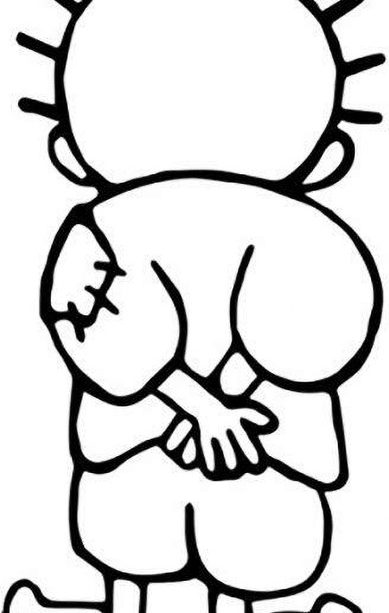The Significance of Handala in Palestinian Identity

Introduction
Handala is more than just a cartoon character; it is a symbol that encapsulates the struggles, aspirations, and resilience of the Palestinian people. Created by the renowned Palestinian artist Naji al-Ali in the late 1960s, Handala has become an enduring representation of Palestinian identity and resistance against occupation. Understanding Handala’s significance in contemporary times is essential for grasping the complexities surrounding Palestine’s narrative on the global stage.
Background of Handala
Handala, depicted as a young boy with bare feet and an inverted shirt, signifies the innocence of childhood overshadowed by conflict. Naji al-Ali introduced this character during a time of great upheaval, following the Nakba in 1948, when hundreds of thousands of Palestinians were displaced. The character reflects the realities faced by Palestinians, serving as a visual protest against oppression and a symbol of hope for liberation.
Handala in Contemporary Culture
Over the decades, Handala has transcended its origins, appearing on murals, posters, and social media platforms, becoming a rallying point for Palestinian solidarity movements worldwide. His image has been employed in various forms of political art, emphasizing themes of resistance, justice, and human rights. In recent months, Handala has gained renewed visibility amidst a series of escalated conflicts in Gaza, where Palestinian protests and expressions of solidarity evoke the character’s powerful imagery to highlight ongoing hardships and aspirations for peace.
The Impact on Palestinian Identity
Handala resonates deeply with many Palestinians and their allies. It serves not only as a reminder of the past but also as a symbol of the persistent struggle for self-determination. By embracing Handala, activists and artists continue to foster dialogue about Palestinian rights while challenging the narratives often portrayed in mainstream media. The character’s appeal spans generations, embodying both historical remembrance and contemporary aspirations.
Conclusion
Handala remains a poignant icon for Palestinians and social justice advocates around the world. As the Israeli-Palestinian conflict persists, the figure of Handala will likely continue to inspire new forms of cultural expression and activism. For those seeking to understand the plight of the Palestinian people, engaging with the symbolism of Handala offers essential insights into the community’s resilience and unyielding desire for dignity and rights. This symbol serves as a reminder of a lost childhood, provoking a collective urge to strive for a brighter and more peaceful future.









